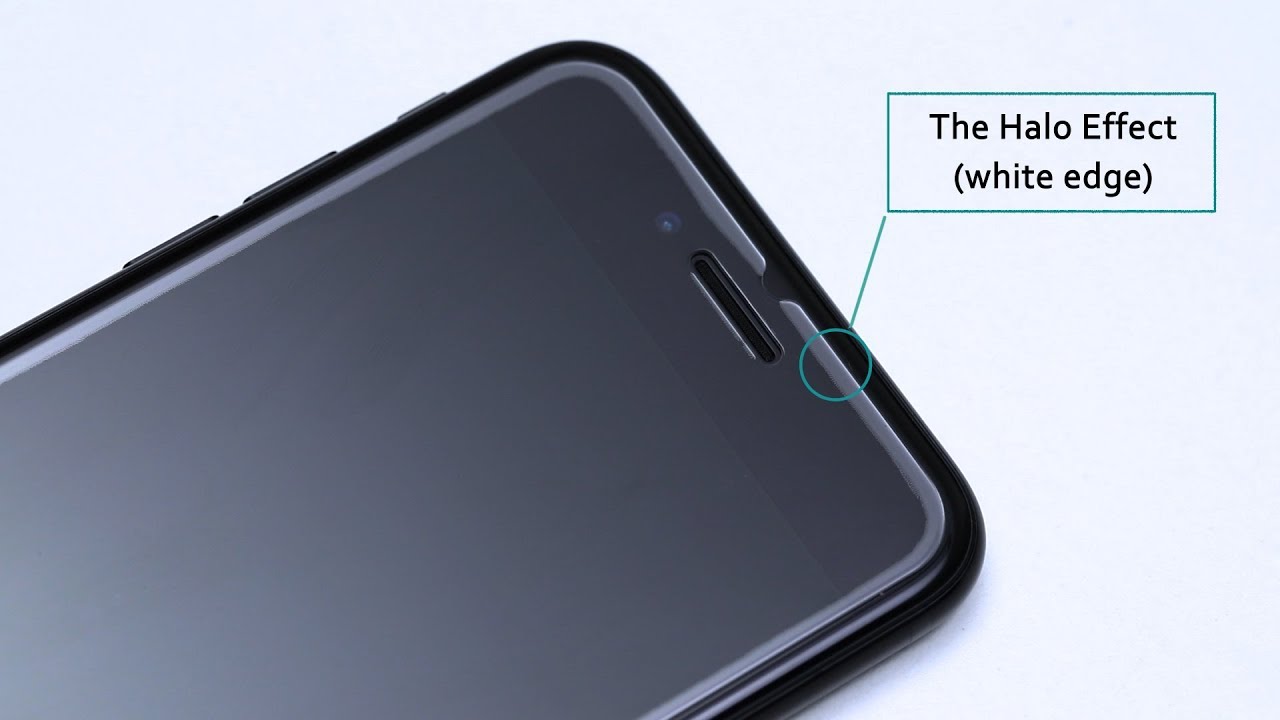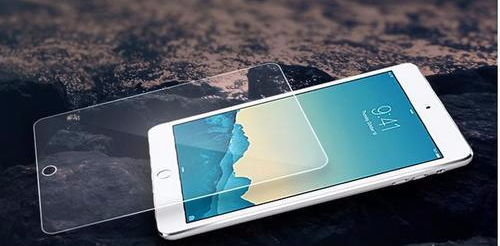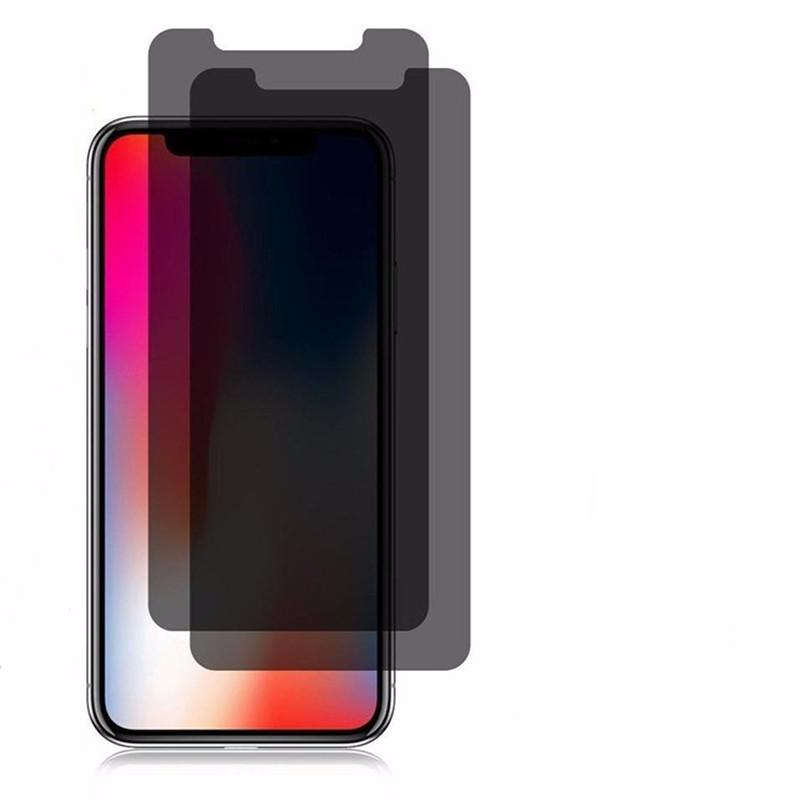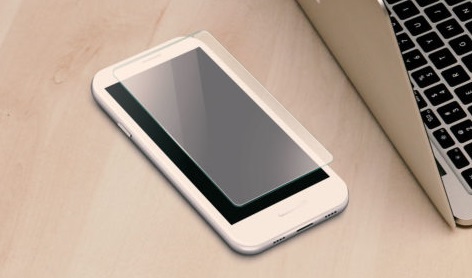The Galaxy S10 officially sells for $649.99 on the retail market. Should you break the screen of the device, you’d have to shell out as high as $230 to get it fixed. The cost of a smartphone display screens are even higher now because smartphone screens are growing bigger with little (or no) bezels and the technology powering them are getting more advanced. Innovations like ‘Foldable‘ and ‘Punch-hole‘ displays have also contributed to the increase in the cost of smartphone displays. These and many more other factors are why you should take good care of your phone’s display and prevent it from getting damaged so you don’t have to pay (heavily) for it. This is where screen protectors come in.
Why Screen Protectors are important
Commonly called “Tampered Glass“, they do the job of guarding your gadgets’ display from preventable damages like cracks, scratches, etc. Yes, your smartphone’s display might be protected by tough glass material (read: Corning Gorilla Glass) but when it falls against a hard surface/object — even from the smallest distance– there’s no guarantee that the screen wouldn’t get shattered. A screen protector is the (inexpensive) guarantee and insurance you need. Asides keeping your device’s display intact, screen protectors also help increase your phone’s resale value. Because, to be honest, no one’s buying a phone with a cracked/shattered display at a reasonable price. Now that we have established some reasons why you need a screen protector slapped to your device’s display, let’s walk you through some things to take into consideration before picking up your next smartphone.
1. Glass or Plastic?
You may or may not know but screen protectors usually come in two different types based on the type of material used to manufacture them. There are screen protectors made of Plastic and there’s ‘Tampered Glass‘. Visually, it might be difficult to tell the difference but when you feel (read: touch) them, you’ll be able to tell them apart. The table below highlights the major differences between glass and plastic screen protectors. From the table above, it is obvious that tampered glass is best suited for keeping your gadget displays more secure than plastic films. So when next you’re picking up a screen protector for your smartphone, be sure to feel it and confirm that it is made of glass. If you are buying online, ensure that the product image and description clearly state that it is made from glass.
2. Price
Price is another (if not the most important) thing to check for when buying almost any accessory, screen protectors inclusive. As you’d guess, the cost of production for tampered glass is higher than plastic film. Hence, glass screen protectors are more expensive than their plastic counterparts; the difference in price isn’t far-flung though. Additionally, if you can afford to, go for the more expensive branded glass protectors. For context, if you see two tampered glass on sale for $1 and $1.5 respectively, you should purchase the latter. This is because the pricier ones are generally (not always, though) of higher quality, more durable, and are made with improved materials/technologies like ‘oleophobic coating’ which prevents oil, fats, and fingerprint smudges from sticking to it.
3. Nature of display
In a bid to make their products more aesthetically pleasing and comfortable in the hands, a huge chunk of smartphone manufacturers now make the screens of their devices curved at the edges. Curved displays are beautiful and they’ll determine the type of screen protector to buy for your device. Depending on how curved your phone’s edges are, you’ll want to cop screen protectors with a ‘D’ attached to their names (i.e. 2D/2.5D/3D/5D/7D screen protectors) because they provide full and reliable display coverage. A regular protector with flat edges will not protect your phone’s display effectively if you attached it to a display with curved edges. There’ll be opened spaces (called Halo Effect) that will trap dust, debris, tiny rocks that can end up ruining your phone’s screen.
4. Clear or Anti-Glare?
This is another decision you’d have to make when picking up a screen protector. From the name, clear screen protectors are made of thin layers of transparent materials. They are majorly smoothly-textured, provide a crystal clear view of your device’s display, and are almost invisible when applied. Anti-Glare screen protectors, on the other hand, are translucent and are ‘black’ in colour. This is because they are made of thin layers of unique films that reduce the intense, blinding light that phones emit and ultimately reduce eye strain. These type of protectors are also matte (not smooth) on the surface for scratch protection and prevention of fingerprint smearing. Clear protectors are easy to use both indoors and outdoors but do not block UV rays nor reduce glare. Anti-glare protectors, on the other hand, are perfect for outdoor usage and people with visual impairments. The type of screen protector you purchase should depend on where you’d be using your smartphone the most and how well your eyes are receptive to light.
5. Mode of Adhesion
When buying a curved (or regular) screen protector, be sure to check the mode of adhesion. By adhesion, we mean how the screen protector will be attached to your device’s display. There are two commonly adopted mode of attachment: A) Full-Adhesion: The entire surface of a full-adhesive screen protector sticks to your phone’s display, leaving little or next to no room for air/bubbles. Also called ‘Full-cover protectors‘, these type of screen protectors offer better cushion against impact during accidental drops. The image above shows a full-adhesive tampered glass on the Samsung Galaxy Note 8. B) Bezel-Adhesion: These are designed to only stick to the bezels (read: edges) of a smartphone display. As such, they only offer partial protection for your smartphone screen and reduce the responsiveness of touch. They are also generally cheaper than Full-adhesive screen protector. When you unwrap a screen protector from its pack and only the edges are sticky, then it is the bezel-adhesive type. If you use a really expensive device, you should purchase a full-adhesive-tampered glass.
6. Coverage
Before picking up that screen protector, be sure of the type of coverage it will offer your device. There are two major types of coverage: A) Full coverage: A screen protector offers full coverage when it covers the entire frontal of your device in an edge-to-edge style that it becomes difficult to tell if there’s a screen protector on the device or not. B) Partial coverage: Here, the screen protector only covers the main display area (i.e the screen itself) and leaves out the edges/bezels. Not only does this type of coverage provide partial protection (the edges of your phone could crack easily should it fall), it also makes your device lose some bit of visual appeal. Any day, any time, screen protectors that offer full coverage are recommended.
7. For Foldables
Foldable phones are crazy expensive, so are their displays. If you use a foldable smartphone, you should definitely ensure your device’s display is protected at all time. You don’t want to shell out a thousand dollar to repair a broken foldable display, do you? However, due to the nature of foldable displays and the current nature of screen protectors (the former folds & bends while the latter doesn’t), there is currently no screen protector available for foldable smartphones. This means you’d always have to exercise caution during usage. Corning and some other accessory manufacturer are, however, working on a screen protection solution for foldable devices and you should begin to ‘foldable tampered glass’ as more foldable phones are being released.
8. Technical Specs: Screen Protector Edition
Smartphones have technical specifications, so do screen protectors. The next paragraph contains a list of technical terms used by the manufacturers to describe the features of screen protectors. A) Privacy Layer: Some tampered glass makers claim to have a special layer in their products that makes it difficult for people next to you to read/see things displayed on your screen. This is called the ‘Privacy Layer‘. It could be a gimmick (or not) but it’s definitely an interesting feature. B) 9H Hardness: This is more of a certification that tells the user that the screen protector cannot be scratched by a 9H pencil, the toughest type of pencil there is. This is slapped on product packages and spec pages to tell potential buyers that the screen protector is indeed durable. C) Self-healing: This feature means that scratches do not stay on the screen protector. There’s an underlying technology that makes scratches ‘disappear’. D) Shatterproof: This means that in the case of a fall, fragments of the screen protector will not fly out (read: shatter) even if it gets broken. E) Military Grade Protection: Although this is now mostly used as a marketing gimmick, Military Grade Protection means that it has been developed to combat the toughest falls, shocks, vibrations, etc.
Final words
Smartphone cases and screen protectors are two commonly used accessories employed to keep our expensive devices safe. While you don’t exactly need smartphone cases, screen protectors are highly recommended. Keep the above-mentioned points in mind when shopping for screen protectors and you’ll never have to worry about damaging your phone’s display.









